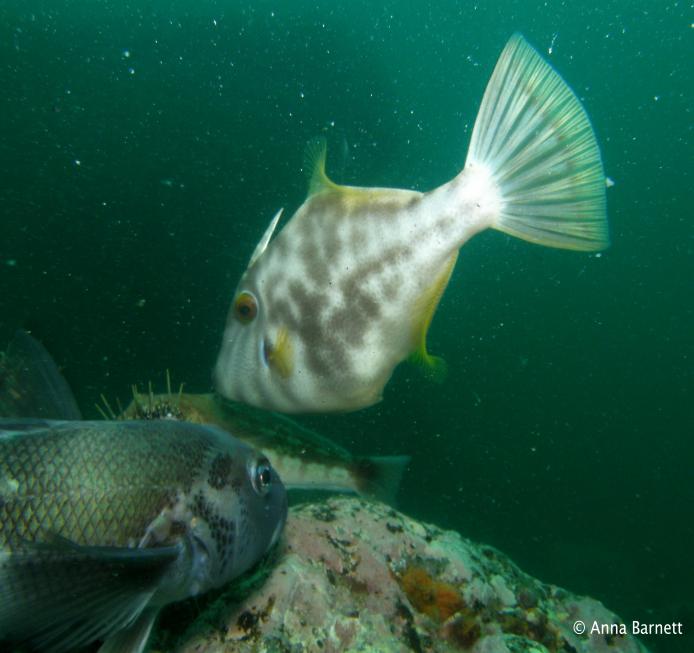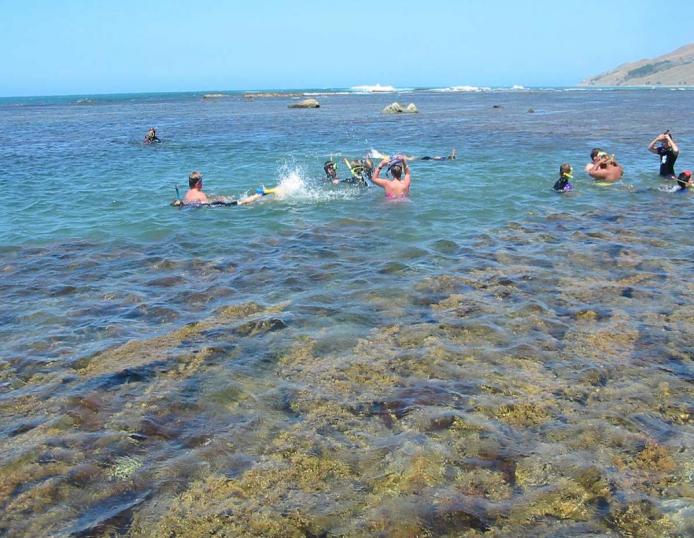
Gisborne: close to heaven
Gisborne has what the rest of the world has lost ... or is looking for. Space, peace, quality of life and an awareness among the people who live here that they share a secret, a precious key to nirvana.
This marine reserve north of Gisborne on the North Island’s east coast is special, as it hosts eight different marine habitats, including inshore reef, rocky intertidal platforms and sediment flats.
Snorkellers can explore the rocks close to the shore and divers will see a variety of seaweeds, kina, marine snails, sponges and many other marine animals.
The subtidal area of the reserve contains several distinct habitats. Down to about 10 metres in depth, a variety of seaweeds such as flapjack and kelp can be found. Fish species include spotties (paketi), banded wrasse (tāngahangaha), red moki (nanua), hiwihiwi, butterfish (greenbone, mararī), marblefish (kehe) and parore.

You may see hundreds of tiny crayfish in the crevices and overhangs, depending on the time of year. At a depth of between 10 and 20m, there are extensive kelp forests, which are home to many different fish species, such as scarlet wrasse (pūwaiwhakarua), scorpionfish, sweep (hui) and leatherjackets (kōkiri). Sponges, hydroids, anemones, soft corals and sea squirts thrive on the rock faces and overhangs.
At low tide, deep channels and pools are exposed in the reef, which are ideal for snorkelling.
It’s a wonderful place to wander over and explore the rock pools, where you will see anemones, small fish and the large crayfish for which the area is renowned.

Underwater visibility can be low, but if you strike a calm day the deep channel running through the reef is a good place for scuba divers or snorkellers to see species such as blue moki and crayfish.
Out of the water, you can enjoy a beach walk to the northern end of the marine reserve and see remnants of the old coach road along the beach and the remains of the pā on the cliffs above. You will also get a great view of Whangarā Island Te Ana o Paikea.